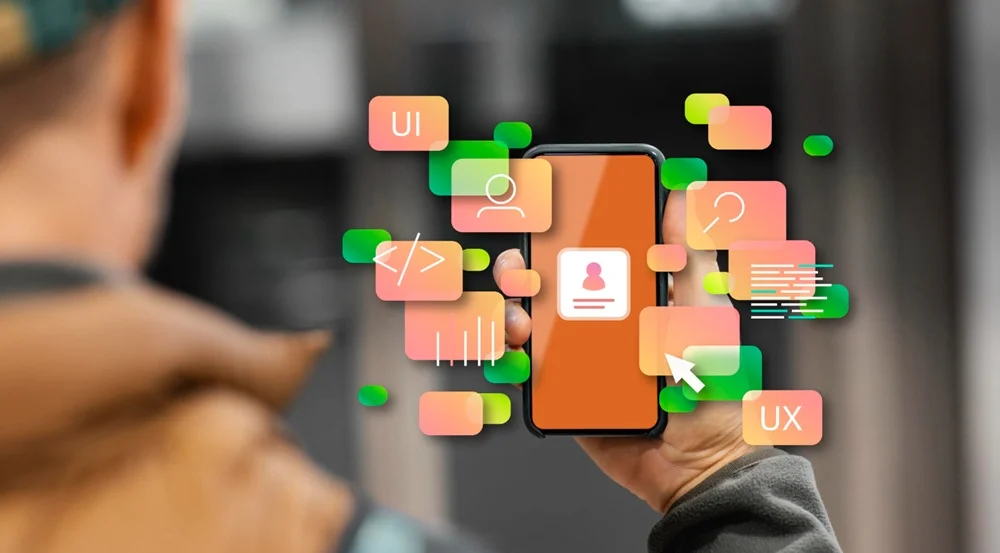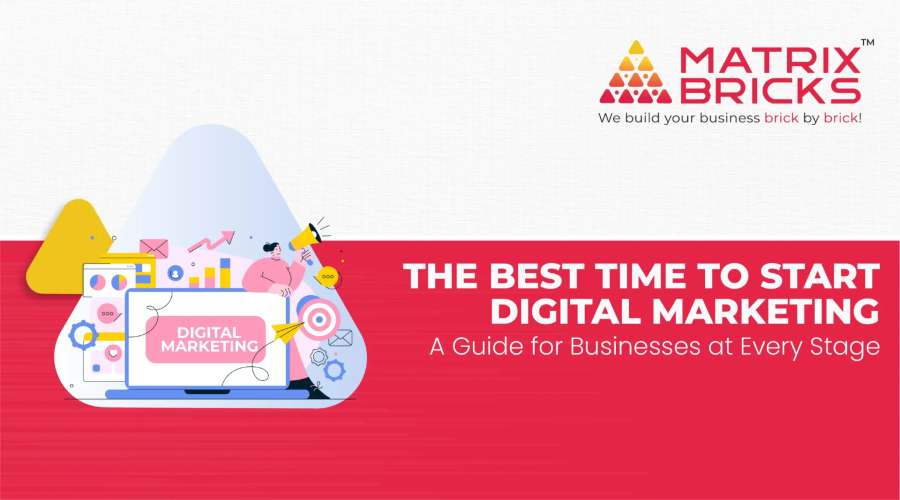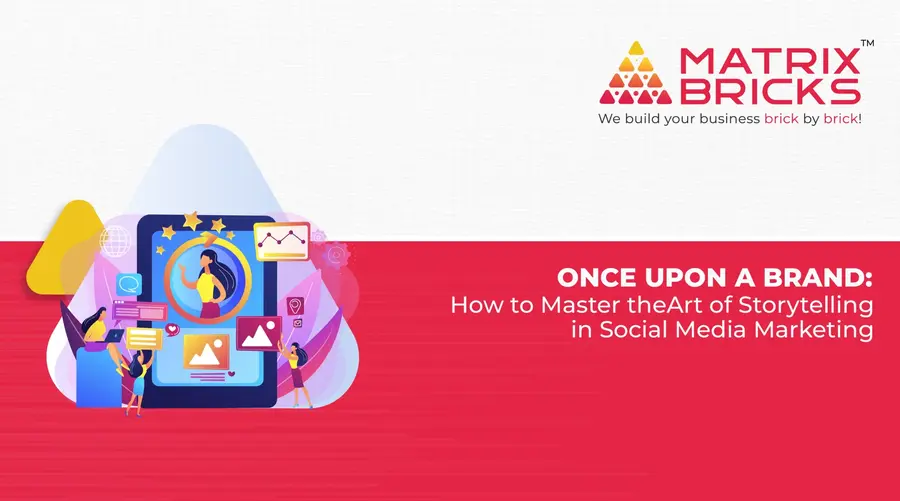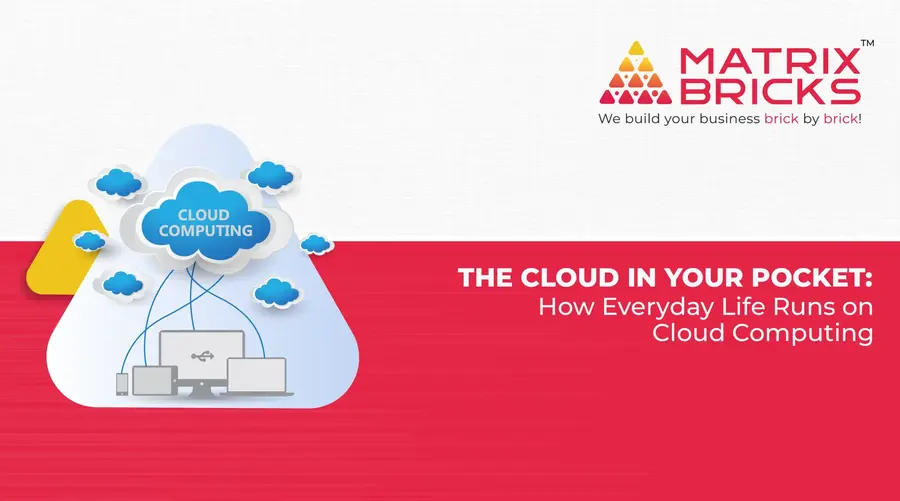Product engineering forms the cornerstone of success for any product engineering company, encapsulating the entire journey of designing, developing, testing, and launching a software product or application. This process requires a comprehensive approach that unites technical skill, user experience, and business strategy to deliver solutions that are both innovative and ready for the market.
The Phases of Product Engineering
The product engineering process is an intricate blend of strategy, technology, and creativity. Each phase plays a significant role in ensuring that the final product aligns with user needs and market demands. The detailed phases include:
- Ideation: This phase focuses on brainstorming and conceptualizing unique solutions that solve specific user problems. Teams often collaborate to validate ideas and assess their feasibility.
- Requirements Gathering and Analysis: Engaging with stakeholders and users to understand their needs and translate them into clear, actionable requirements is critical for any software product engineering service.
- Design: Crafting a user-centric design that ensures usability and intuitive navigation is essential for enhancing user experience.
- Architecture Design:Building a robust framework that supports scalability and flexibility, ensuring that the software can evolve with future requirements.
- Development: Developers focus on writing high-quality, maintainable code. This step often involves using modern tools and adhering to best coding practices that align with the standards of product engineering companies.
- Quality Assurance and Testing: Beyond just functional testing, this phase incorporates performance, security, and user acceptance testing to identify any issues early.
- Deployment: Utilizing deployment strategies that minimize disruption, such as blue-green deployments, ensures a seamless launch.
- Maintenance: Regular updates, bug fixes, and customer feedback play into ongoing product refinement.
- Enhancement: Integrating new features and keeping up with technological advancements are necessary to stay competitive.
- Retirement: When a product reaches the end of its lifecycle, the process involves structured decommissioning, ensuring minimal impact on users and systems.

Role in Digital Product Engineering
The impact of product engineering services extends beyond the immediate creation of software. It serves as a strategic approach that connects development with broader business goals. For a software product engineering company, the role includes:
Bridging the Gap Between Vision and Reality
Product engineering translates initial ideas into practical, working software that meets specific business goals.
Ensuring Market Readiness
By integrating user feedback throughout the design and testing phases, product engineering companies ensure that the software not only functions but also appeals to the intended market.
Fostering Innovation
The iterative process of product engineering encourages continuous innovation, allowing for improvements based on user feedback and market trends.
Cost Management
By identifying potential issues early and adopting scalable architectures, companies can avoid costly redesigns later.
Alignment with Agile and DevOps
Modern software product engineering services often incorporate agile methodologies and DevOps practices to enhance collaboration and speed up the development lifecycle.
The Phases of Product Engineering Services
Ideation
This phase focuses on brainstorming and conceptualising unique solutions that solve specific user problems. Teams often collaborate to validate ideas and assess their feasibility.
Requirements Gathering and Analysis
Engaging with stakeholders and users to understand their needs and translate them into clear, actionable requirements is critical for any successful product development initiative.
Design
Crafting a user-centric design that ensures usability and intuitive navigation is essential for enhancing user experience.
Architecture Design
Building a robust framework that supports scalability and flexibility, ensuring the software can evolve with future requirements.
Development
Developers focus on writing high-quality, maintainable code. This step often involves using modern tools and adhering to best coding practices that align with the standards of a software product engineering company.
Quality Assurance and Testing
Beyond just functional testing, this phase incorporates performance, security, and user acceptance testing to identify any issues early.
Deployment
Utilising deployment strategies that minimise disruption, such as blue-green deployments, ensures a seamless launch.
Maintenance
Regular updates, bug fixes, and customer feedback play into ongoing product refinement.
Enhancement
Integrating new features and keeping up with technological advancements are necessary to stay competitive.
Retirement
When a product reaches the end of its lifecycle, the process involves structured decommissioning, ensuring minimal impact on users and systems.
Integrations for Enhanced Efficiency
The role of software system integration in today’s connected world cannot be overstated. For a product engineering company, delivering integration solutions means
Seamless Workflow Management
Connecting diverse systems enables organizations to automate workflows and reduce manual tasks, resulting in greater efficiency.
Scalability and Adaptability
By designing integration solutions that can evolve with business growth, companies ensure long-term viability.
Custom Integration Solutions
Tailoring API designs and data management strategies to fit specific business needs helps maintain high levels of security and data integrity.
Improved Customer Experience
Integrating software systems enables a more cohesive and personalized user experience by leveraging data and capabilities across multiple platforms.
Third-party
Integrations
Integrations
Collaborating with third-party vendors and integrating external services ensures that clients have access to the best technology without building it from scratch.
Key Services of Product Engineering
A comprehensive array of services positions companies as valuable partners in the digital landscape. Essential services offered by a software product engineering company include



Prototyping and MVP Development
Creating minimum viable products allows businesses to test concepts and gather user feedback without significant upfront investment.
Technical Consulting and Strategy
Expert guidance in choosing the right technologies, frameworks, and architecture to align with the client's vision and budget.
Cloud Integration and Migration
Many product engineering services involve transitioning existing systems to cloud platforms like AWS, Azure, or Google Cloud to leverage enhanced scalability and cost-efficiency.
AI and Machine Learning Solutions
Integrating AI for predictive analytics, automated decision-making, and personalized user experiences is becoming an essential service.
Continuous Improvement and Support
Beyond deployment, product engineering companies offer long-term support, ensuring the product remains functional and relevant.
Compliance and Security Assurance
Ensuring software solutions meet industry regulations and implementing advanced security protocols to protect user data.
Mobile and Web App Development
Crafting cross-platform solutions that maintain performance and consistency across devices.
User Training and Documentation
Comprehensive training programs and documentation that facilitate smoother product adoption and operation.
Are you ready to take the big step towards your digital growth?
Get Your Free Audit Now!
Get A Quote!
Fill out our contact form, and we will get in touch with you with a quote as soon as we can!
Frequently asked questions
What is product engineering?
Product engineering is the comprehensive process of creating software products from design to deployment, focusing on user experience and aligning with business objectives. It forms the foundation for product engineering companies in delivering high-quality solutions.
How does product engineering differ from other software development?
Product engineering differs from traditional software development by taking a holistic approach that includes ideation, prototyping, rigorous testing, and refinement. This comprehensive strategy is a hallmark of software product engineering services.
What services do companies offer?
Product engineering companies like Matrix Bricks offer a wide range of services, including conceptualization, design, development, testing, deployment, and ongoing maintenance. These services are crucial for clients seeking Software Product Engineering Services in Dubai and globally.
How does product engineering contribute to software as a product?
It transform ideas into market-ready software products by addressing user needs, technical requirements, and business objectives, ensuring the final product is robust and user-centric.
How can businesses benefit from partnering with product engineering companies?
Partnering with a product engineering company enables businesses to leverage specialized knowledge, accelerate development timelines, mitigate risks, and ensure the delivery of high-quality, scalable software solutions that support business growth.
How do these companies ensure the scalability of software products?
Software product engineering companies design scalable solutions by employing advanced architectural patterns such as microservices and serverless computing, ensuring software can grow with the business.
What technologies are commonly used in the process?
Technologies commonly employed in software product engineering services include programming languages such as Java, Python, and JavaScript, frameworks like React and Angular, and cloud platforms like AWS and Azure to enhance scalability and performance.
How do companies ensure the security of software products?
Product engineering companies implement stringent security protocols, including encryption, authentication, and regular security audits. This proactive approach ensures that products meet the latest security standards and compliance requirements.
What strategies do companies use for continuous integration and continuous deployment (CI/CD)?
Leading software product engineering companies utilize CI/CD pipelines with efficient tools. These automated pipelines streamline code integration, testing, and deployment, enabling continuous delivery of updates and enhancements.
What trends are shaping product engineering?
Emerging trends impacting software product engineering services include AI-driven development, cloud-native solutions, DevOps integration, and IoT advancements. These trends push product engineering companies to innovate continually and adapt to the evolving tech landscape to stay competitive.
Client Testimonials













